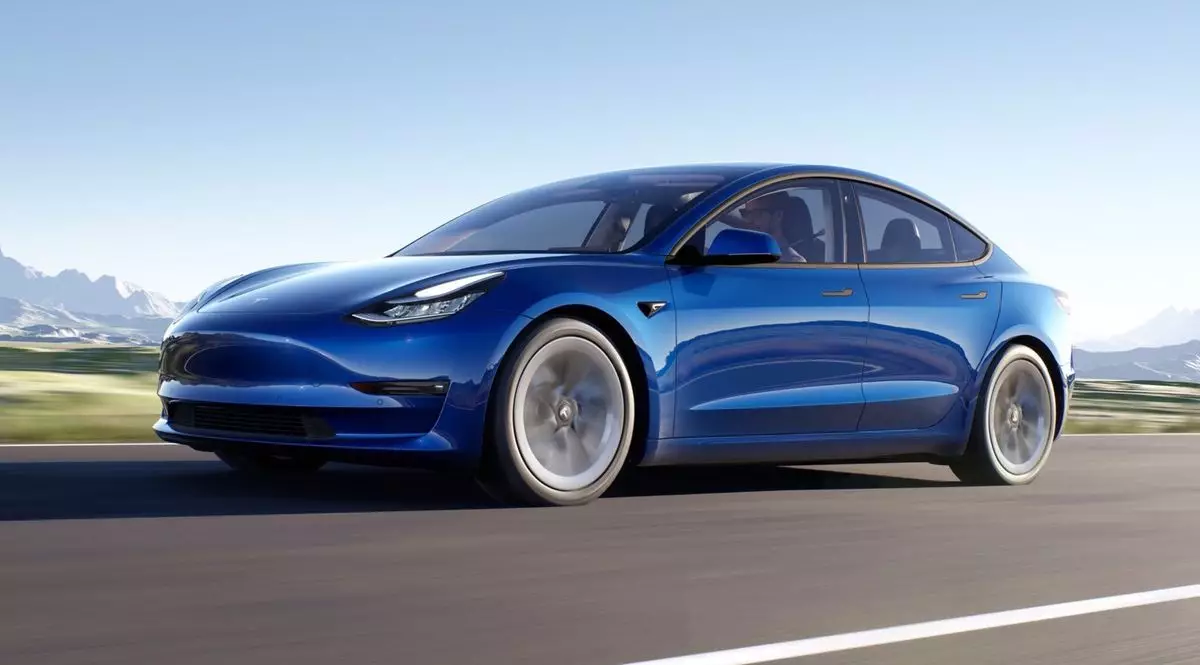For the past few years, the automotive and tech worlds have watched with bated breath as Elon Musk, the charismatic CEO of Tesla, has confidently forecast the imminent arrival of full self-driving (FSD) capabilities for Tesla vehicles. Each year, like clockwork, Musk has assured enthusiasts, investors, and customers that revolutionary updates would soon enable existing Tesla models to achieve Level 4 and 5 autonomy—the levels of self-driving that would eliminate the need for human intervention entirely. However, in a recent financial conference call, Musk’s optimistic rhetoric took a significant turn. He suggested that Tesla’s HW3 self-driving computer, which has been the backbone of its FSD aspirations, may ultimately fall short of the necessary safety standards for unsupervised driving. This revelation throws a cloud over the long-anticipated rollout of FSD capabilities, leaving many to wonder what the future holds for Tesla’s grand ambitions.
To fully grasp the weight of Musk’s statements, it’s essential to break down the technical jargon. “HW3,” or Hardware 3, refers to the advanced computational unit that Tesla incorporated into its vehicles starting in 2019. This hardware was supposed to pave the way for FSD, a term denoting the highest levels of automation in vehicle technology, classified as Level 4 and Level 5. At Level 4, a vehicle can navigate autonomously within specific geographic boundaries but still requires a human to be present. Level 5 represents the pinnacle of self-driving technology, where vehicles can operate without a steering wheel or human oversight. Musk’s recent admission that the HW3 platform may not facilitate the longed-for FSD transition raises critical questions about the viability of his previous assertions and the underlying technology itself.
Despite the troubling implications of Musk’s comments regarding HW3, there is hope on the horizon for Tesla owners. Musk announced that those equipped with HW3 will be eligible for a free upgrade to the newly introduced HW4 self-driving computer. HW4 promises to deliver several times the computational power of its predecessor, making it objectively easier to realize the ambitious goals set by Tesla. The parameters for what constitutes capabilities in HW4 suggest significant improvements, particularly in terms of camera resolution and low-light performance. However, skepticism looms over whether existing Tesla models can genuinely accommodate an HW4 retrofit due to differences in design, power requirements, and hardware configuration. If upgrading proves logistically difficult or economically unfeasible, fans might find themselves stuck with obsolete technology.
One of the primary concerns revolves around whether Tesla’s existing fleet can successfully adopt the new HW4 components. Industry experts have raised doubts regarding the practicality of swapping out HW3 for HW4, highlighting distinct differences in the hardware’s form factor and installation process. The redesign of HW4’s architecture could mean that creating a tailored retrofit solution would be more challenging than anticipated. Moreover, the question remains whether upgrading just the computational unit while retaining the other components could yield satisfactory results. For instance, many HW3-equipped vehicles could still harbor limitations with their camera systems; Musk himself acknowledged the superior resolution of the cameras in HW4, which are reportedly five times more effective in lower light conditions. The complications that arise from upgrading computational hardware and addressing critical accessory deficiencies only add to the burden of realizing full self-driving.
The notion of achieving full autonomy has delighted many Tesla fans, making it almost a tantalizing mirage on the horizon—visible, yet perpetually unattainable. Musk’s optimism has historically fueled hopes and investments in self-driving technology. However, as we sift through the layers of his recent comments, an unsettling narrative emerges: the journey to FSD appears to be fraught with both technical and practical challenges. As Tesla grapples with its quest for true autonomy, consumers are left in a state of uncertainty, questioning whether the dream of self-driving will ultimately become a reality or remain a pipedream. The road ahead is long and winding, and the destination remains unclear, leaving both Tesla and its loyal customers in a precarious position inhibited by the looming complexities of reality.

